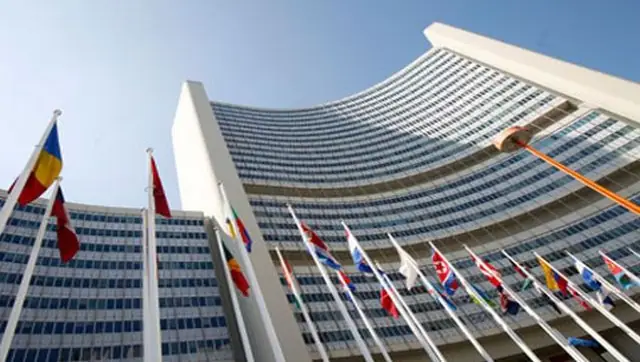International Day against Drug Abuse: How COVID-19 pandemic impacted the drug use pattern, opioid market
[ad_1]
The COVID-19 pandemic has been a challenging time for people across demographics worldwide. Hence, the findings of the UNODC in the context of the pandemic are significant
Representational Image. Reuters
Drug abuse is a problem that primarily affects young people around the world. What may begin as recreational use or a side-effect of self-medication, quickly escalates into a devastating dependence on harmful chemical compounds that have long-term harmful effects.
The United Nations’ Office on Drugs and Crime (UNODC) released a report which seeks to draw attention to the rising use of drugs like cannabis among the youth due to the COVID-19 pandemic. The report came two days ahead of the International Day against Drug Abuse and Illicit Trafficking, observed on 26 June. It shows that drug-related deaths have nearly doubled over the past decade. Moreover, 10 percent of HIV cases in 2019, were due to people injecting themselves with harmful substances.
pandemic. The report came two days ahead of the International Day against Drug Abuse and Illicit Trafficking, observed on 26 June. It shows that drug-related deaths have nearly doubled over the past decade. Moreover, 10 percent of HIV cases in 2019, were due to people injecting themselves with harmful substances.
Here are important points from the World Drug Report 2021
- The UN’s report stated that around 275 million people used drugs worldwide in the last year when the COVID-19
![]() pandemic began in the first few months of 2020. Of the total, 36 million people suffered from drug use disorders
pandemic began in the first few months of 2020. Of the total, 36 million people suffered from drug use disorders - Thirteen percent of the total number of people who use drugs, suffer from drug use disorders, the report stated, adding that opioids continue to account for the largest burden of disease attributed to drug use. However, accessibility to pharmaceutical opioids used to treat people with opioid-use disorders has increased over the past two decades.
- The report also flagged the fast-growing drug markets on the dark web. While the phenomenon began only a decade ago, it is worth at least $315 million in annual sales, it said.
How COVID-19 pandemic impacted pattern of drug use
pandemic impacted pattern of drug use
While the impact of COVID-19 on drug challenges is not yet fully known, the analysis suggests that the pandemic has brought increasing economic hardship that is likely to make illicit drug cultivation more appealing to fragile rural communities.
on drug challenges is not yet fully known, the analysis suggests that the pandemic has brought increasing economic hardship that is likely to make illicit drug cultivation more appealing to fragile rural communities.
“The social impact of the pandemic – driving a rise in inequality, poverty, and mental health conditions particularly among already vulnerable populations – represent factors that could push more people into drug use,” the report concluded.
- The 2021 World Drug Report found that drug markets across the world have resumed operations in full swing after they were disrupted at the beginning of 2020 when the COVID-19
 pandemic hit.
pandemic hit. - “The resilience of drug markets during the pandemic has demonstrated once again traffickers’ ability to adapt quickly to changed environments and circumstances,” the report said.
- In addition to cannabis, the report cautioned against the likelihood of a growing cocaine market in Europe, as the cocaine supply chains are “diversifying, pushing prices down and quality up”.
- However, despite the pitfalls caused by the pandemic in efforts to prevent drug abuse, the UN report says that the rise of telemedicine services have aided healthcare workers in reaching out to drug users for counselling and initial assessments.
Cannabis: The new poison of choice
- The study found that the potency of cannabis had increased four-fold in the last 24 years.
- In addition to this, it said that the percentage of adolescents who perceived the drug as harmful fell by as much as 40 percent in the US and 25 percent in Europe. This, “despite evidence that cannabis use is associated with a variety of health and other harms, especially among regular long-term users”.
- Forty-two percent of the healthcare professionals surveyed in 77 countries said that the use of cannabis had increased during the COVID-19
![]() pandemic.
pandemic.
[ad_2]
Source link


Comments are closed.